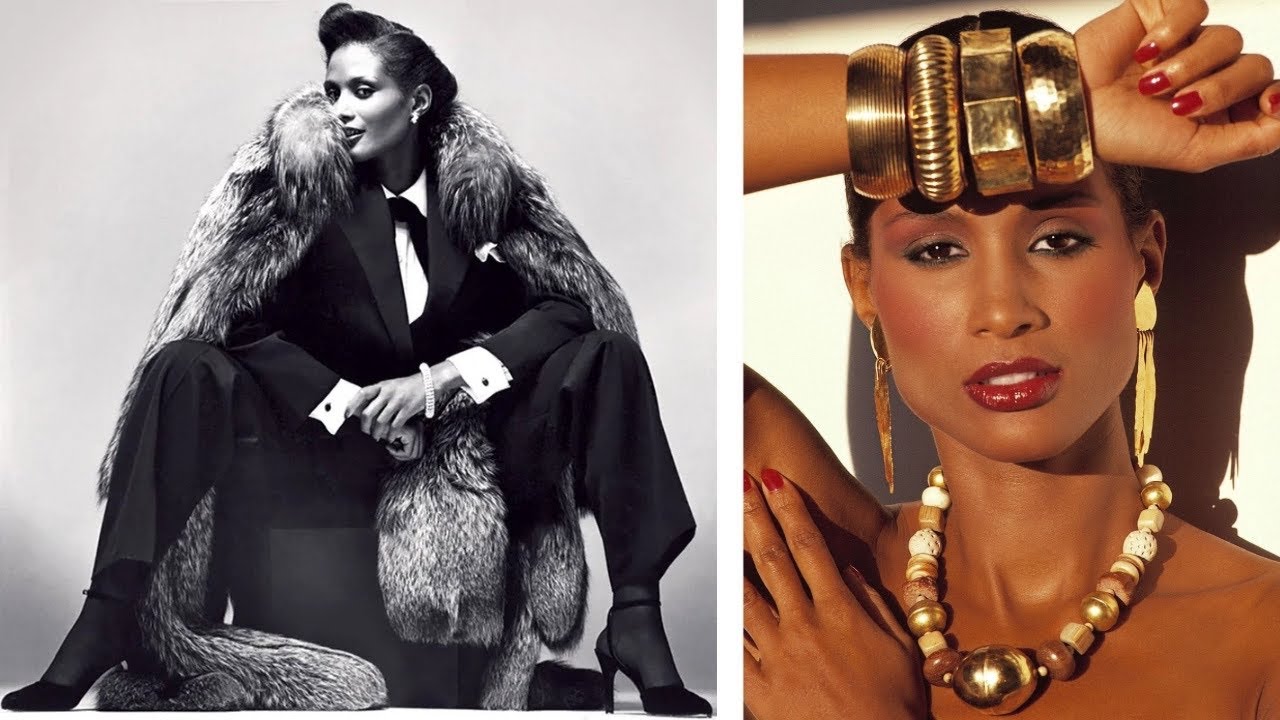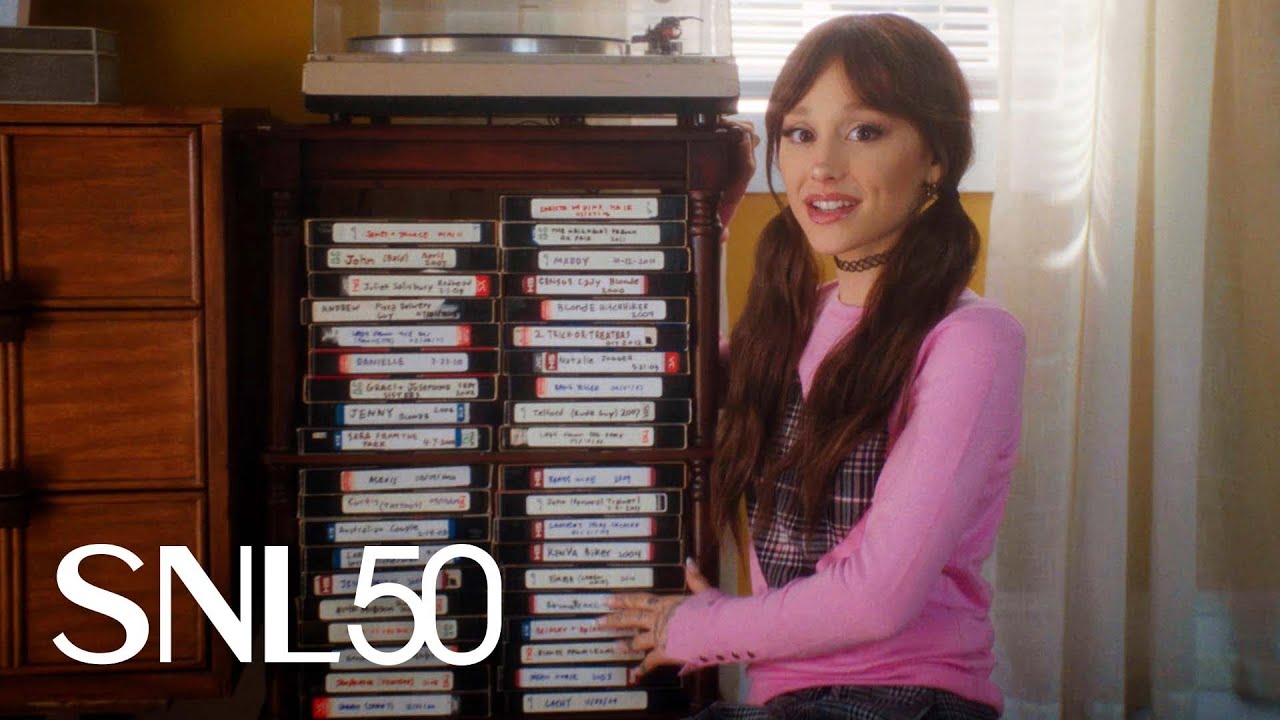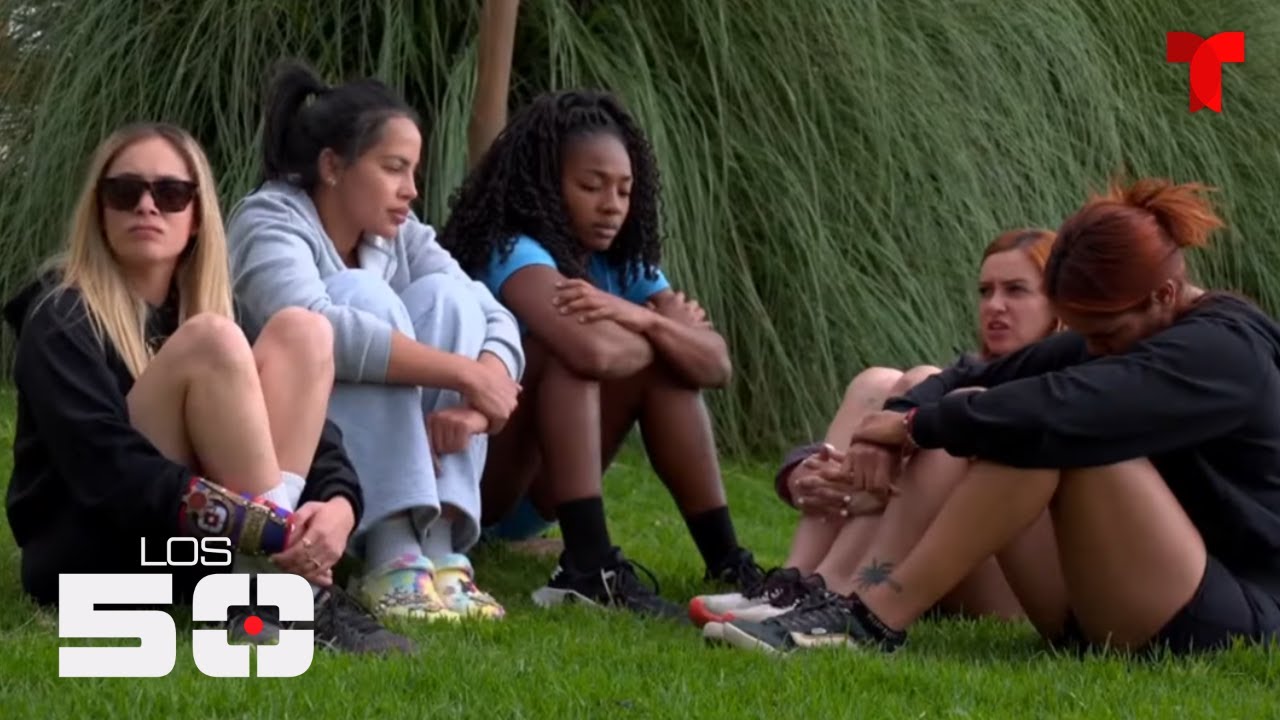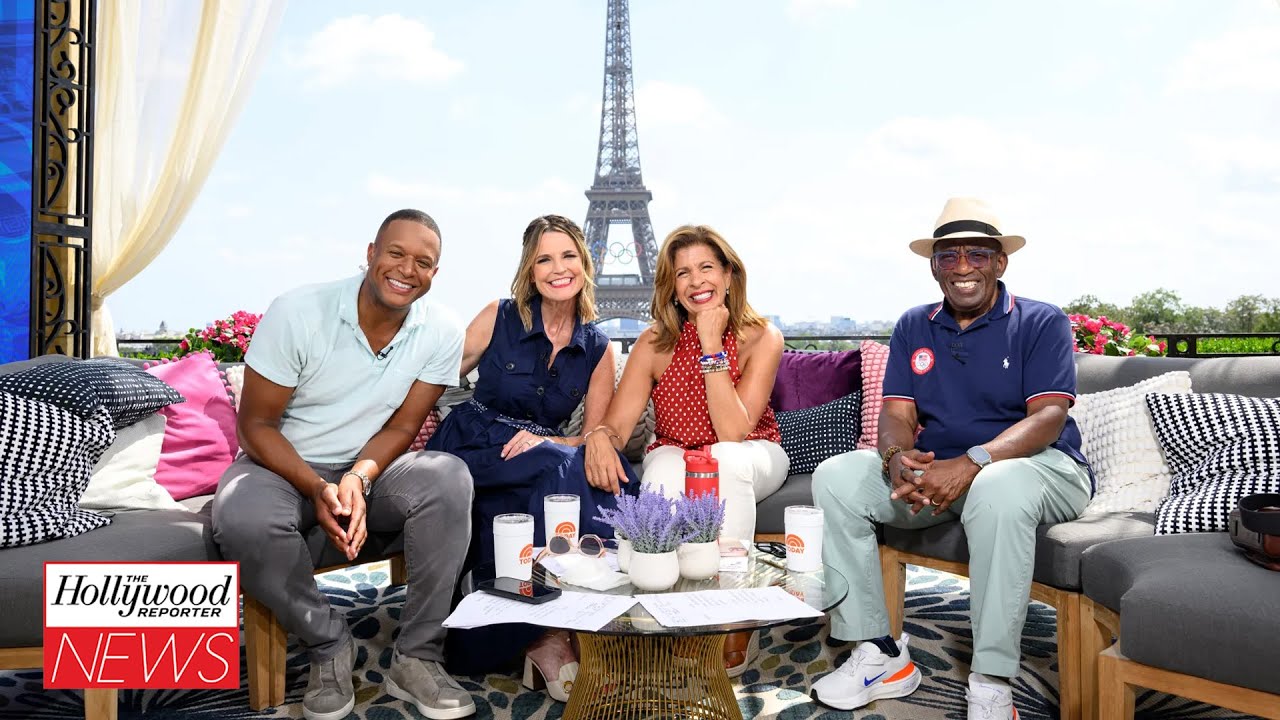Beverly Johnson: The First African-American Face on Vogue
In August 1974, Beverly Johnson made history as the first African-American model to grace the cover of Vogue magazine, a groundbreaking moment that reshaped the fashion industry. Her cover was not just a celebration of beauty and style—it was a profound statement about representation, diversity, and progress in an era still grappling with systemic racial inequalities.
Beverly Johnson’s journey to this historic moment was one of perseverance, talent, and grace. Born in Buffalo, New York, in 1952, Johnson initially aspired to become a lawyer. Her plans shifted when she was discovered during her college years, leading her into a modeling career that would challenge and ultimately redefine the fashion industry’s standards.
When Johnson appeared on the cover of Vogue, she represented much more than the magazine’s latest fashion story. The choice to feature an African-American model was monumental for a publication that had, until then, predominantly showcased white beauty ideals. Vogue’s decision to cast Johnson signaled a slow but crucial shift towards inclusivity, driven by the growing Civil Rights Movement and increasing calls for representation across all sectors of society.
Johnson’s cover resonated deeply with Black women who had long been excluded from mainstream media’s portrayals of beauty. It affirmed that their features, skin tones, and presence were not only valid but also worthy of celebration. In interviews, Johnson has often spoken about the personal impact of the cover, emphasizing how it inspired young Black women to pursue their dreams in modeling and beyond.
However, this historic achievement was not without challenges. Johnson faced a fashion world that was not always welcoming to Black models. She experienced racism, stereotyping, and limited opportunities compared to her white peers. Her ability to overcome these barriers and thrive is a testament to her resilience and determination.
Following her Vogue cover, Johnson’s career flourished. She appeared on the covers of major magazines, walked the runway for top designers, and became one of the most sought-after models of her time. She also broke barriers in other ways, such as becoming the first Black woman to appear on the cover of Elle France. Beyond her modeling achievements, Johnson used her platform to advocate for diversity in the fashion industry and challenge discriminatory practices.
Johnson’s trailblazing career paved the way for other Black models, such as Naomi Campbell, Tyra Banks, and Iman, who followed in her footsteps and achieved global fame. Her legacy is not just about her individual success but also about the doors she opened for future generations.
The significance of Johnson’s Vogue cover continues to resonate today. It marked a pivotal moment in fashion history, reminding the industry of its responsibility to reflect the diversity of the world it serves. Yet, as Johnson herself has noted, the fight for inclusivity in fashion is far from over. Decades later, the industry still grapples with issues of representation, often falling short in its commitment to diversity.
In her 2015 memoir, The Face That Changed It All, Johnson delves deeper into her experiences as a groundbreaking model. She reflects on the triumphs and struggles of her career, offering insights into the evolving landscape of fashion and its intersections with race and identity. Her story is not only a celebration of her achievements but also a call to action for continued progress in breaking down barriers.
Beverly Johnson’s historic Vogue cover remains a symbol of hope and transformation. It stands as a reminder that representation matters, not only for those who see themselves reflected in media but also for industries striving to embrace equity and diversity. As the fashion world continues to evolve, Johnson’s legacy endures, inspiring new generations to challenge conventions and celebrate the beauty of all people.
Her iconic moment in 1974 was more than just a magazine cover—it was a turning point that forever changed the face of fashion.
___
Subscribe to this channel:
https://youtube.com/@FashionQuestion?si=hHAVop45S4zwCMb1
Contact me: altum.vintage@gmail.com
_____
Disclaimer: The images and videos used in this video are not owned or created by One Fashion Question.
All the videos, images and musics used in this video belong to their respective owners and this channel does not claim any right over them.Copyright Disclaimer under section 107 of the Copyright Act of 1976, allowance is made for “fair use” for purposes such as criticism, comment, news reporting, teaching, scholarship, education and research.Fair use is a use permitted by copyright statute that might otherwise be infringing.
_____
#fashionhistory #blackfashion #beverlyjohnson










Hey everyone! It’s surprising, but the harder times get, the more I feel like working. I often get comments accusing my videos of being AI-generated, and honestly, I’m tired of answering the same question over and over. But I do want to point out one thing: if there were a program capable of editing videos as intricately as I do, I’d gladly use it. Period.
Despite the fact that my country has been at war for almost three years now, that I wake up to missile explosions every night, and that my home is without electricity and internet for 10 hours a day, I spend all my free time researching and creating these videos. So if you don’t like my content, simply don’t watch it. Please don’t leave hurtful comments—they’re completely undeserved.
To everyone who does appreciate my work, feel free to send me your fashion questions! I’ll do the research and create a video for you. Big hugs, wishing you peace, and all the best.
Yours, Valeria.❤
Valeria, first of all I enjoy your content , and wish you and yours hope and safety where you are! I am a fashion nerd and I have followed fashion, models, designers for a very long time, having said that I must correct you about some things you have stated concerning Beverly Johnson , (and please know this IS NOT a personal attack to you or what you do) As with this video, I notice several others you have posted , often times information is not correct. Beverly Johnson was not discovered by a photographer as you stated @1:43, And this info can be verified in her memoir “The Face that Changed It All” Before Beverly left to attend Northeastern University in Boston, she worked at a clothing store called “The Jenny Shop” and the manager suggested she should think about becoming a model, and referred Beverly to a contact in New York who could help her get started. She was encouraged by her friends in college, to give it a shot. Shortly after, along with her mother Beverly went to New York and it began, with her starting out being photographed for Glamour magazine. And the picture @6:49 IS NOT Beverly Johnson it is Iman in the Gianni Versace ad photographed by Richard Avedon, although Beverly Johnson appeared in several campaigns for Versace , during the 80’s, classic ads along with Jerry Hall, Rosie Vela, Kim Alexis, Kelly LeBrock among other top female and top male models during that time. Good luck to you with your content
Look into Fashion Fair and Ebony magazine. Eunice Johnson the wife of the founder and publisher was one of the largest collectors of couture in the world and the Fashion Fair shows were legendary. Many black models (male and female) got their start there.
When black women started making money and could afford the clothes black models started being used. Black female celebrities of that era such as Diane Carroll, Diana Ross, Tina Turner, Shirley Bassey, etc…were known for their glamorous fashion tastes. So in some regard (despite the racial hurdles) it was basically a business decision to hire black models to attract the new buyer.
@R-London7 Please stop with the nonsense!!! Black models started being widely used after they proved how dynamic they were on the runways after the ” Battle of Versailles ,” and also, times were changing, and advertisers/Corporations realized that black women wanted to see themselves/ their image on the pages of magazines and on runways!!!
@FashionQuestion You also need to do more fact-checking!!!
@@TheBeverly7 thank you!what’s wrong?
Thank you,Natalya!!!❤️
Masterclass. MUCH LOVE you respect. You’re the BLUEPRINT. Thank you.